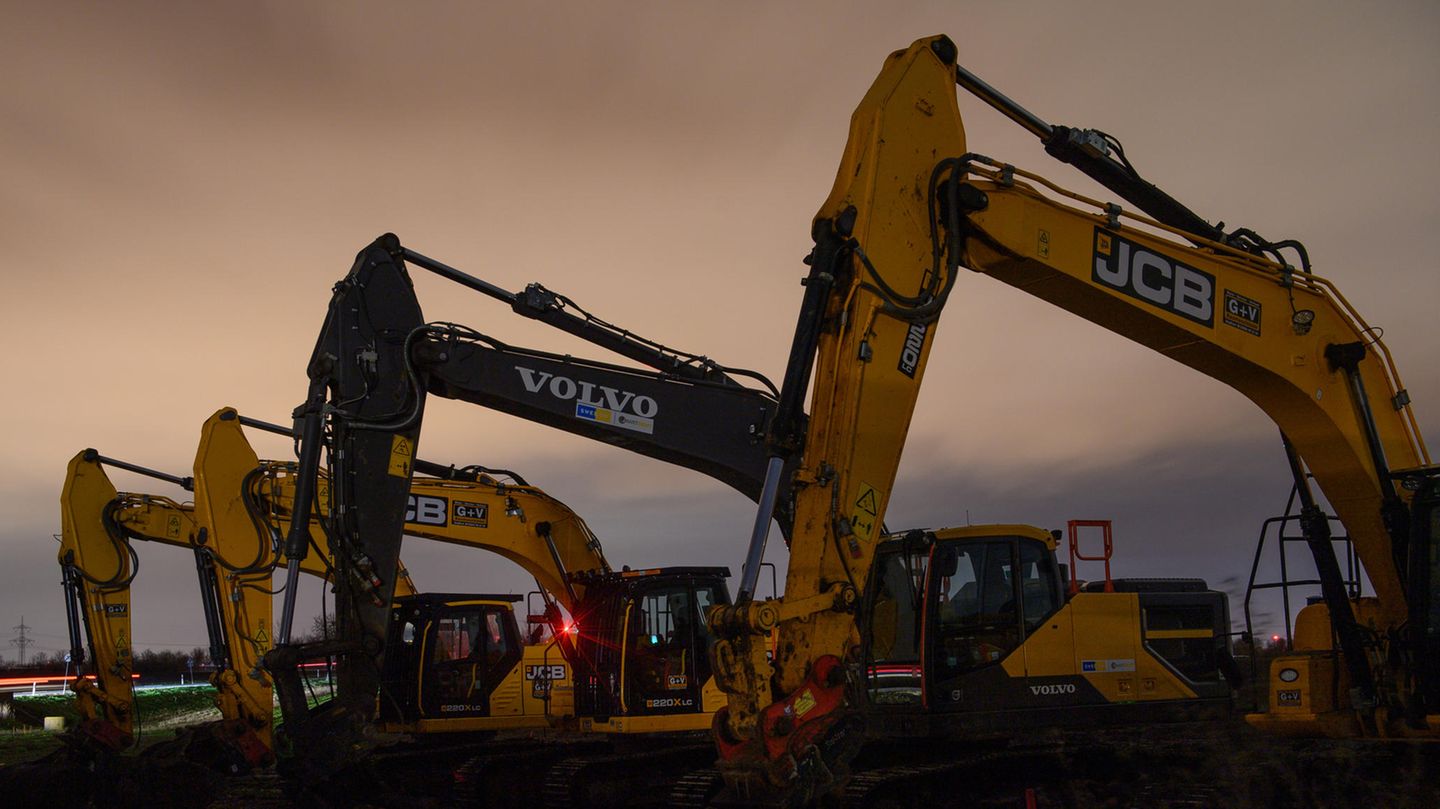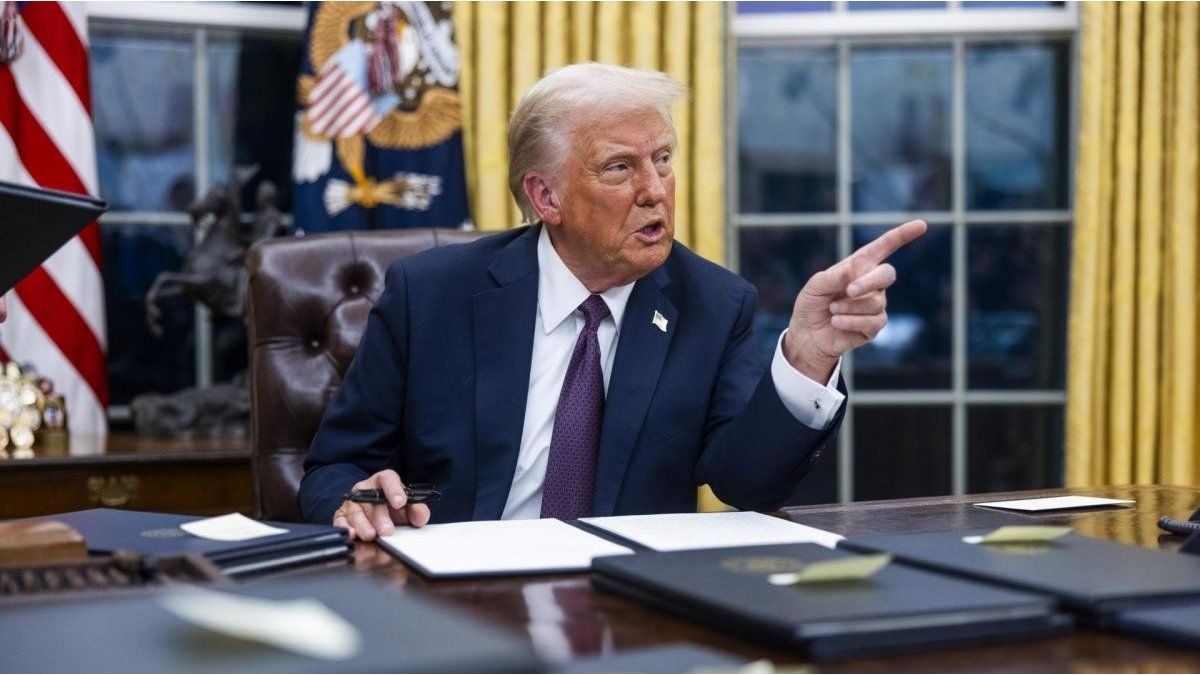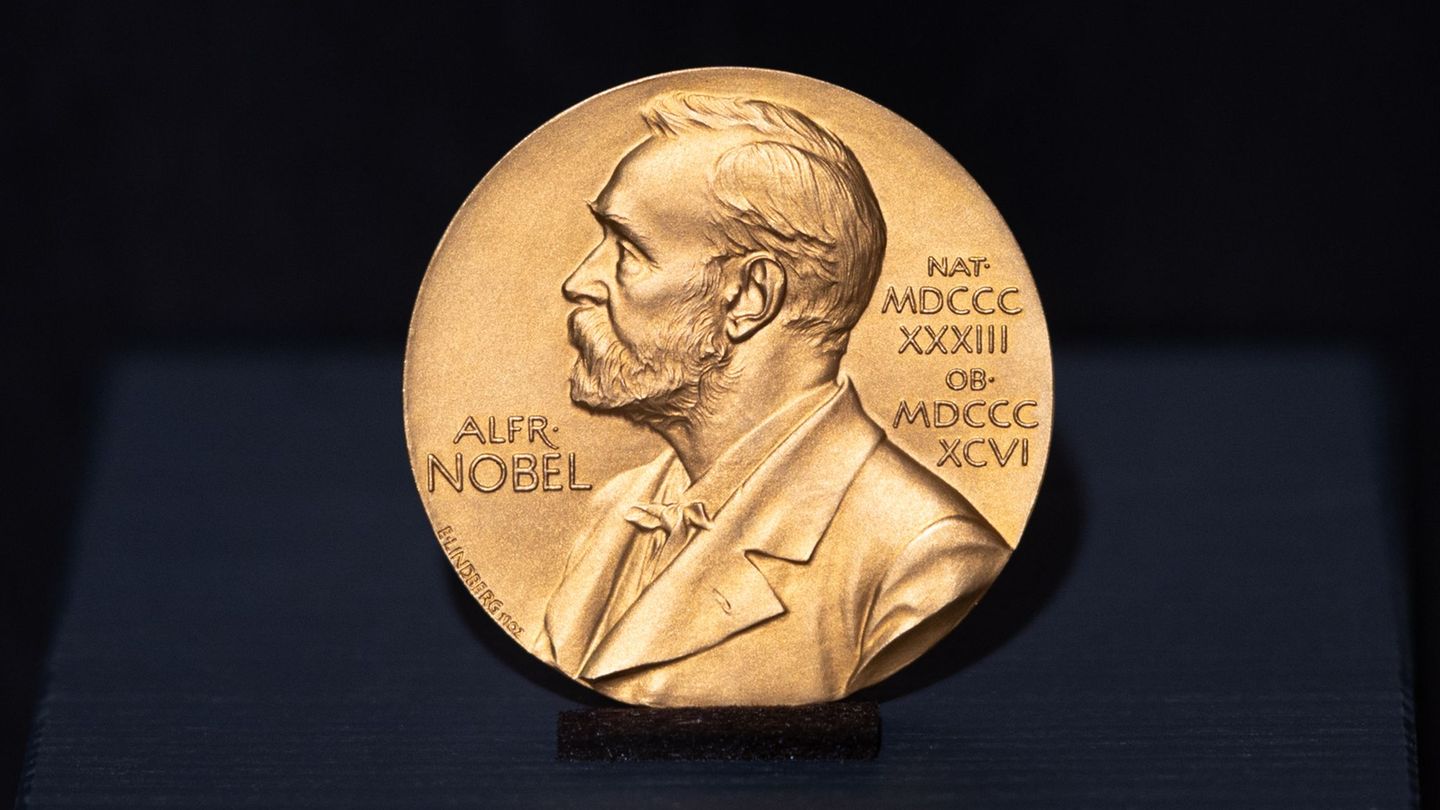Intel gets 3.1 billion euros more for its settlement in Magdeburg – the money comes from the climate and transformation fund. What is behind the special fund?
Thomas Steinman
In the end, the federal government had to step up its efforts again to make the largest foreign direct investment in the history of the Federal Republic a reality: the federal government wants the Intel chip group to invest around EUR 3 billion in addition to the EUR 6.8 billion already promised for the settlement in Magdeburg to pay subsidies.
According to the first consistent media reports, however, the additional money does not come from the federal budget, but from the climate and transformation fund, KTF for short. This is a so-called special fund of originally 60 billion euros – i.e. a pot outside of the regular federal budget, similar to the somewhat larger special fund for the Bundeswehr.
The KTF goes back to a decision by the then black and yellow federal government in 2010, which set up the fund to support the financing of the energy transition. At that time it was still called the Energy and Climate Fund (EKF) and was manageable compared to today: in 2012 it was 780 million euros, by 2019 the special fund had grown to 4.5 billion euros. From the outset, the fund primarily received income from the auctioning of emission certificates to energy suppliers and industrial companies. Projects in the fields of renewable energies, energy efficiency, climate protection and electric mobility were financed from the fund.
The traffic light increased the fund
After taking over government in 2021, the traffic light then increased the fund to initially 60 billion euros. The goal: to provide impetus for the corona-plagued economy, which had to take a backseat to the pandemic, by promoting climate protection investments. In this context, it was also renamed the Climate and Transformation Fund (KTF). The fund also survived the change to the traffic light – although the FDP and its boss Christian Lindner had previously positioned themselves skeptically about such shadow budgets. However, the traffic light fund also allows investments without burdening the regular budget – not insignificant for Lindner’s goal of complying with the debt brake again. The Union, during whose reign the KTF predecessor was set up, is now suing the Federal Constitutional Court against the secondary budget.
Lindner’s Ministry of Finance, to which the KTF is subordinate, assures today that with the “further development” of the fund, the traffic light has achieved a “better and more flexible alignment with the climate protection goals of the Climate Protection Act”. “In addition, the focus is on measures that serve to advance the transformation of Germany. The special fund will provide extensive additional funds for the promotion of an environmentally friendly, reliable and affordable energy supply and for climate protection,” writes the ministry. How billions in subsidies for a chip factory fit in with this is not immediately apparent to everyone.
As concrete examples of projects financed from the KTF, Lindner cites the conversion of the energy supply, the renovation of buildings, the development of the hydrogen economy and the development of the charging infrastructure for electromobility. Since July 2022, the promotion of renewable energies, which was previously paid for by electricity consumers via the EEG levy for more than 20 years, has also been financed from the KTF. The KTF is also to be tapped massively for the planned state support, which is intended to make it easier for homeowners to switch to the heat pump – although it is questionable whether the fund can even handle the high billions that are due. However, details are still unclear. The subsidies for increasing energy efficiency in the building sector are already the fund’s largest expenditure item.
Fund’s financial position likely to deteriorate
The KTF is primarily fed from the income that the federal government generates from the sale of CO2 pollution certificates. Due to the expansion of certificate trading, for example in the building sector, the proceeds are now significantly higher than in the days of the predecessor fund. As a result of the inflows, the fund assets grew to more than EUR 90 billion at the end of 2022. For 2023, the Ministry of Finance expects further inflows of 19.5 billion euros. This year, 35 billion euros are to be spent – including 16.9 billion euros for building renovation, around 5.6 billion euros for the construction of charging stations for e-mobility and around 4 billion euros for the construction of the hydrogen industry. The federal government also finances relief for energy-intensive companies from the KTF. According to the finance department, EUR 2.6 billion have been budgeted for this this year.
Currently, the financial situation of the KTF still seems to allow it to squander funds for new projects – however subsidies for a chip factory can be reconciled with the fund’s statutory purpose of providing finance for the green transformation of the country. For example, the fund does not need a subsidy from federal funds, which was originally planned to run until the end of 2026. In total, this is about 10 billion euros. But soon every billion additional expenses could hurt elsewhere – for example, when the traffic light wants to launch large funding programs for heating replacement.
This article first appeared on Capital.de.
Source: Stern




